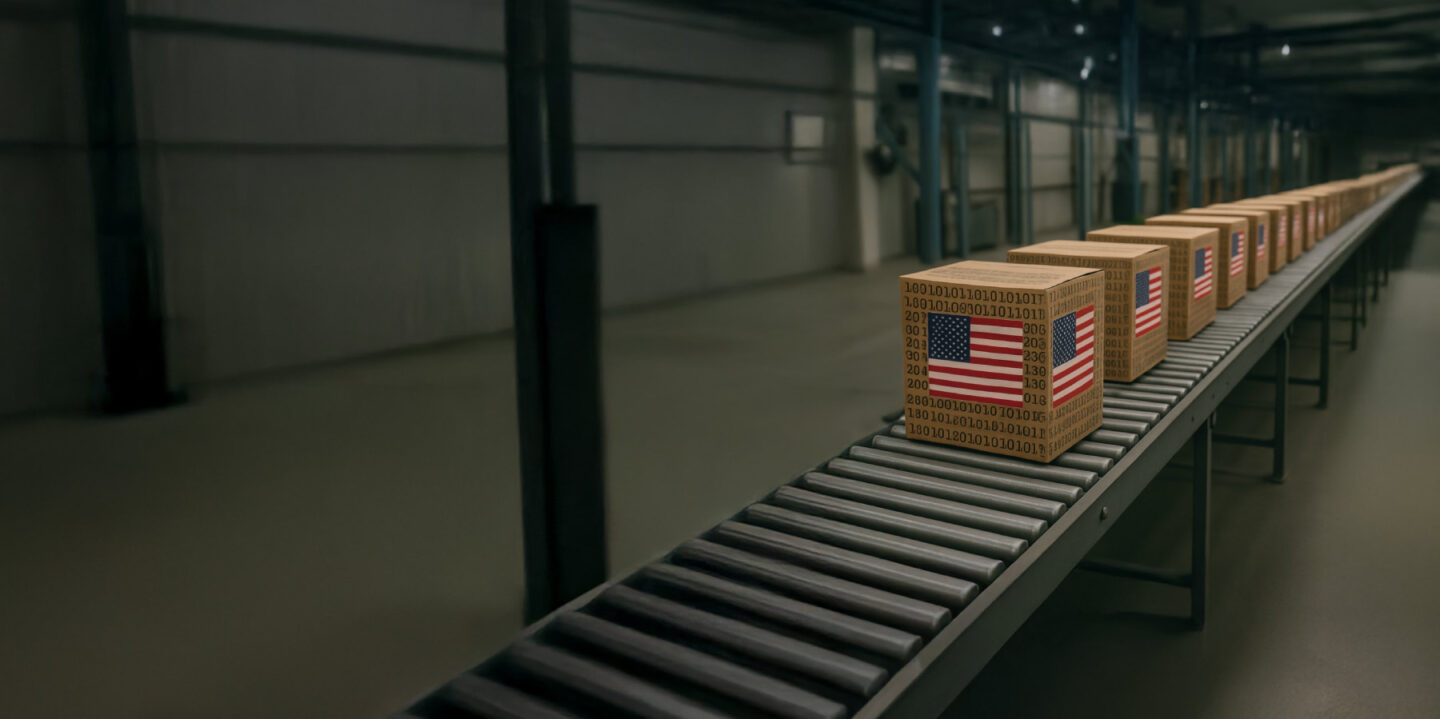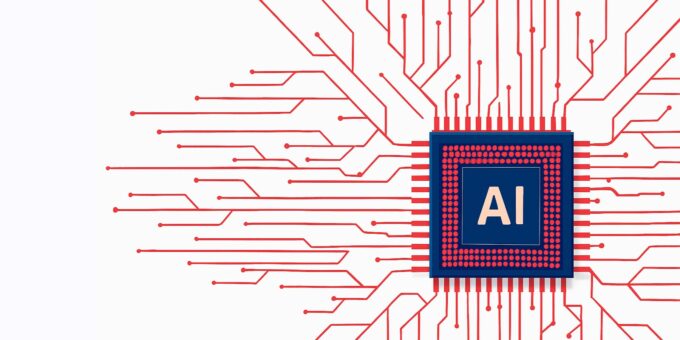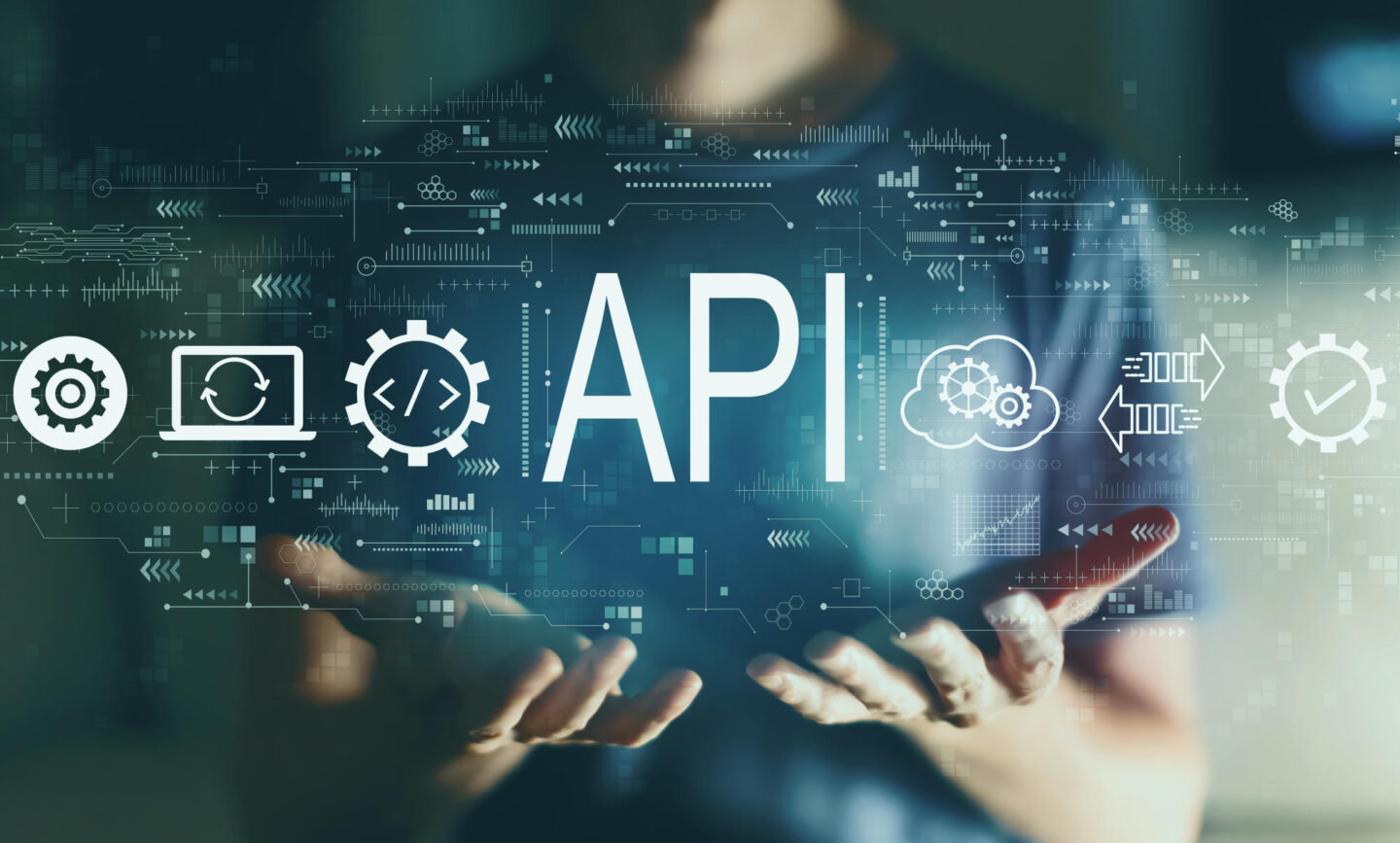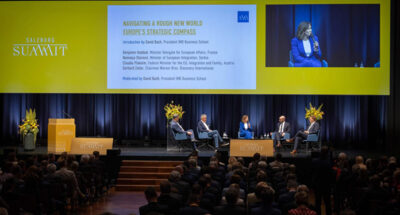For much of this year, a single phrase has defined the Trump Administration’s approach to global trade: “We hold all the cards.” This mantra, repeated in negotiations from Brussels to Tokyo, was built on a simple, powerful premise: that the world’s dependence on America’s vast consumer market grants Washington unparalleled leverage. The administration has not been shy about exploiting this leverage, securing concessions on everything from agricultural products to industrial tariffs, often leaving trading partners feeling strong-armed into deals that primarily serve American interests.
Having successfully flexed its muscle in the tangible world of goods and services, the White House is now applying this same hard-nosed logic to the intangible, yet infinitely more strategic, realm of artificial intelligence. In a move that is as ambitious as it is confrontational, the administration has unveiled a formal strategy to ensure global dependence not on American consumers, but on American code. This new doctrine, outlined in recent White House directives, is an audacious bid to make the “American AI Stack” the indispensable foundation of the 21st-century global economy, locking in technological dominance for a generation. For policymakers and corporate leaders around the world, this presents a profound and urgent dilemma.
The strategy was laid bare in a 23 July 2025 presidential action titled Promoting the Export of the American AI Technology Stack. The document is a blueprint for technological statecraft, arguing that American leadership in AI is a national security imperative. It reads: “It is the policy of the United States to preserve and extend American leadership in AI and decrease international dependence on AI technologies developed by our adversaries by supporting the global deployment of United States-origin AI technologies.” This is not merely a commercial promotion; it is a declaration of intent to establish a new form of strategic dependency. This was reinforced in a speech at the APEC Digital and AI Ministerial Meeting on 5 August 2025, where White House Technology Director Michael Kratsios presented the strategy as a stark choice. He said, “You can follow the European model of fear and overregulation, and be inevitably left behind, succumbing to stasis as the states around you move forward in settling a new frontier and building a new future. Or you can take our offered handshake and make a deal.”
As for global rules for AI, these were rejected outright. Director Kratsios continued: “We believe the way of progress is found in human judgment and friendly cooperation, in political freedom and civic responsibility, in sovereignty and independence, not global governance and technocratic control.”
The message could not be clearer. Washington is framing the global adoption of AI as a choice: the open, values-driven American ecosystem or the closed, surveillance-capitalist Chinese alternative. In this grand narrative, there is a conspicuous third way that the US wants its partners to reject: the European Union’s regulatory-heavy approach. The American pitch is a package deal – embrace our superior technology and, by extension, our light-touch, pro-innovation regulatory philosophy.
This leaves global leaders with a series of critical questions. What are the real incentives to tether their digital futures to American technology? Are the advantages worth the risk of such profound dependency? Or is the choice truly as Washington presents it? And critically, given America’s recent “we hold all the cards” trade posture, can it be trusted as a reliable technological partner?









